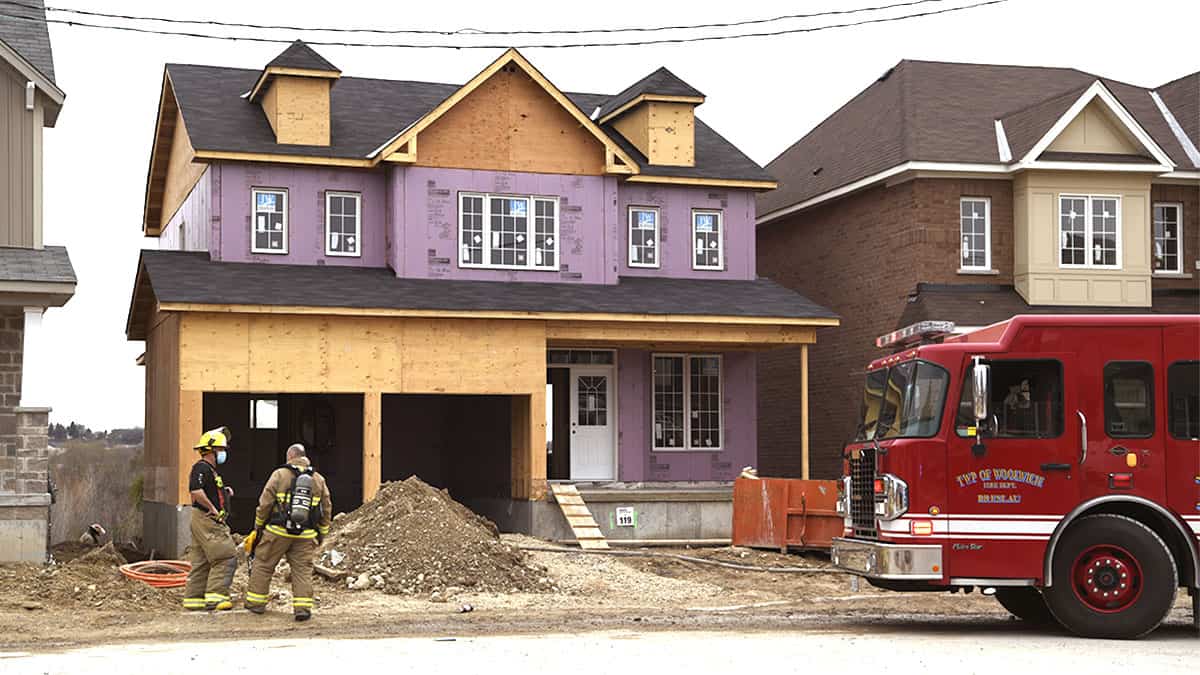As active cases of COVID-19 begin to rise once again, particularly variants of concern, the region’s medical officer of health warns parents to prepare for the possibility of the schools moving to virtual-only following the April break.
While some parts of the province have already eliminated in-person learning, including schools in the catchment area of the Wellington-Dufferin-Guelph health unit, the use of a Section 22 order won’t be a decision made lightly, said Dr. Hsiu-Li Wang.
“Regarding schools, we continue to monitor our local situation closely. Families and schools should prepare for the possibility that there may be the need to switch to online learning following the April break,” she said during Friday’s weekly pandemic briefing.
“In communities with very high and accelerating rates, more and more children and adults will acquire COVID-19 and this will lead to more impacts from school. At the same time, for children’s health and learning needs, schools should be the last to close and the first to open. If there is a need for us to switch to online learning, we will work closely with our school board partners to keep families and staff informed of decisions with as much notice as possible.”
Currently, the region has four active outbreaks in schools. Overall, there were 13 outbreak locations, including workplaces, being monitored as of Friday.
While the region’s COVID-19 numbers are better than the provincial averages during this third wave of the pandemic, their trending in the wrong direction, said Wang.
The number of active cases, for instance, had jumped by some 40 in the past few days, bringing the total to 426. The incident rate of 70 cases per 100,000 population is almost half of the provincial average of 133, but Wang said she expects those figures to grow.
“Though our rates are not as high as those of many other communities in Ontario right now, our rates have remained higher than they were before. The second way began in November, and we are now seeing the third way beginning in Waterloo Region. I expect cases in Waterloo Region to continue to climb in the next one to two weeks until the stay-at-home order can start to have an effect.”
Hospitalizations are high for the region, with 19 individuals, five of which are in the intensive care unit.
The rising number of cases make it important to continue to follow all guidelines despite a growing sense of pandemic fatigue, said Wang.
“Please continue to practice public health measures to protect yourself and loved ones. Avoid social gatherings. Stay home unless it is essential to go out. Practice physical distancing. Wear face coverings. Wash your hands often. Avoid enclosed, poorly ventilated spaces, or crowded places. Stay home when you are sick, self-isolate and seek testing,” she advised.
“Reducing our mobility and close contacts reduces the spread of COVID-19. Together we can make a difference and slowly spread of COVID-19 in our community. We need to once again make the most of the stay-at-home order like we did last time.”









